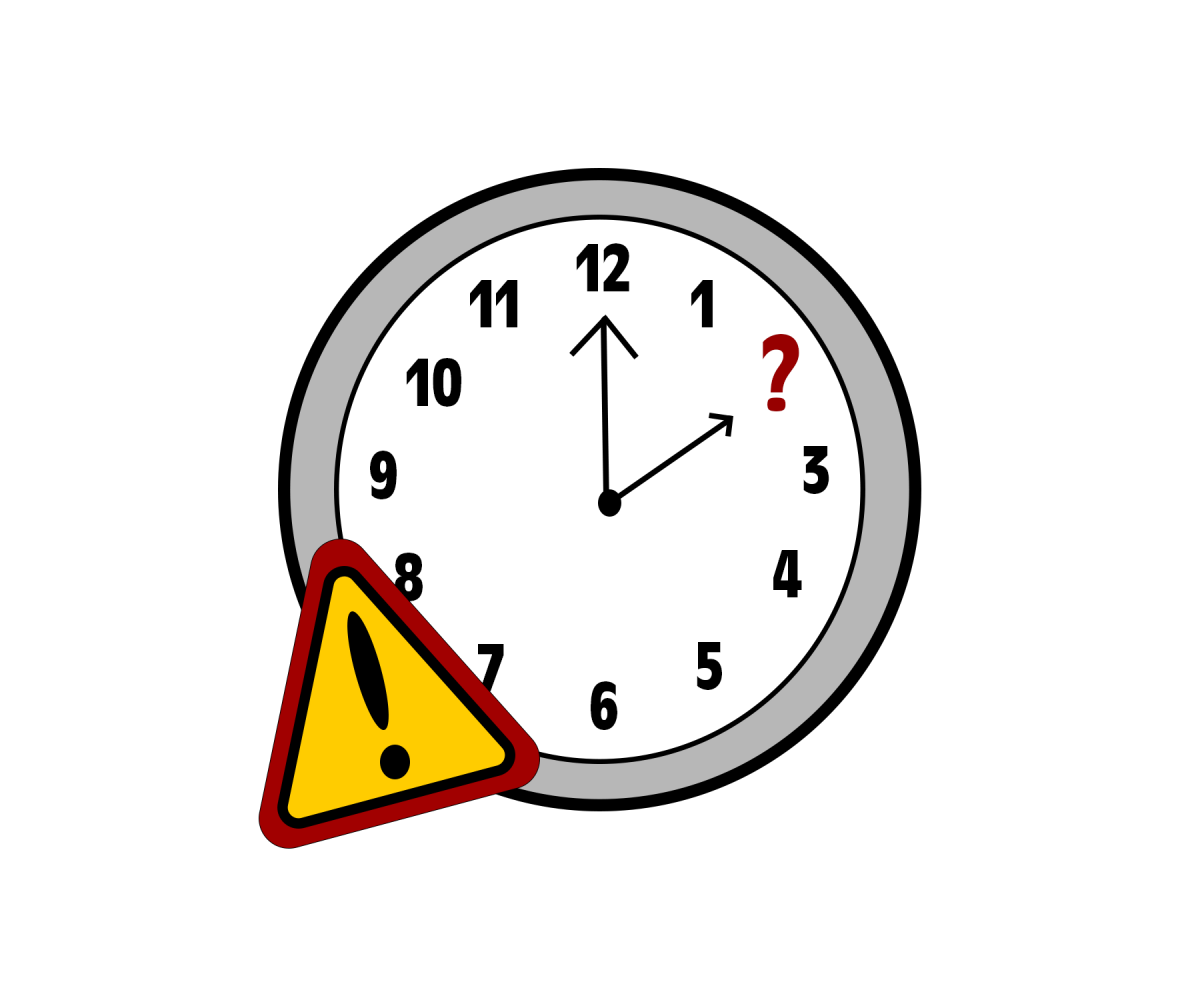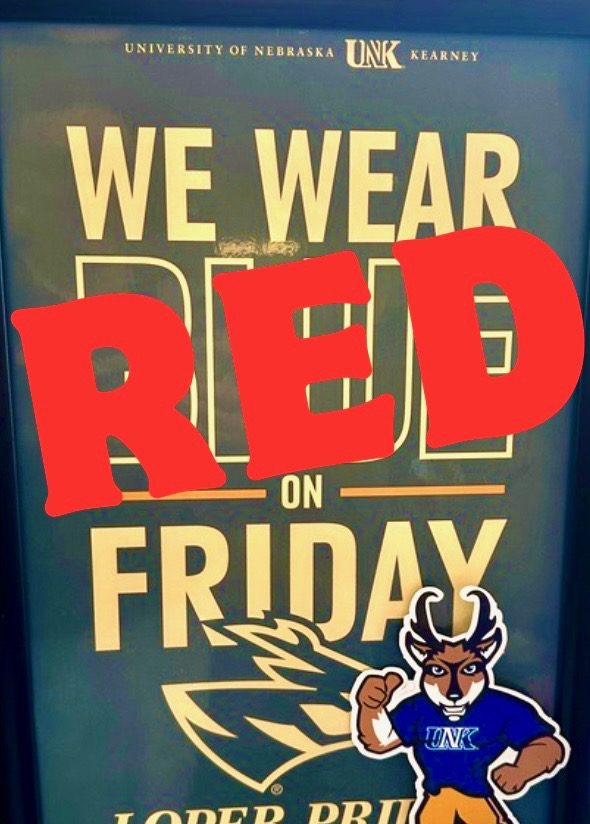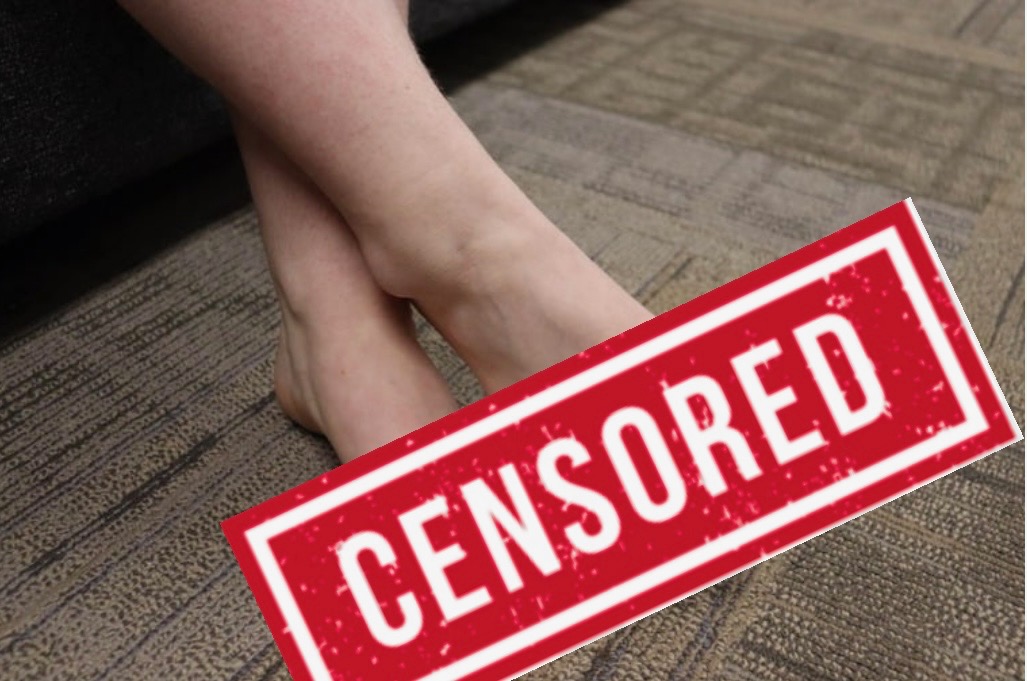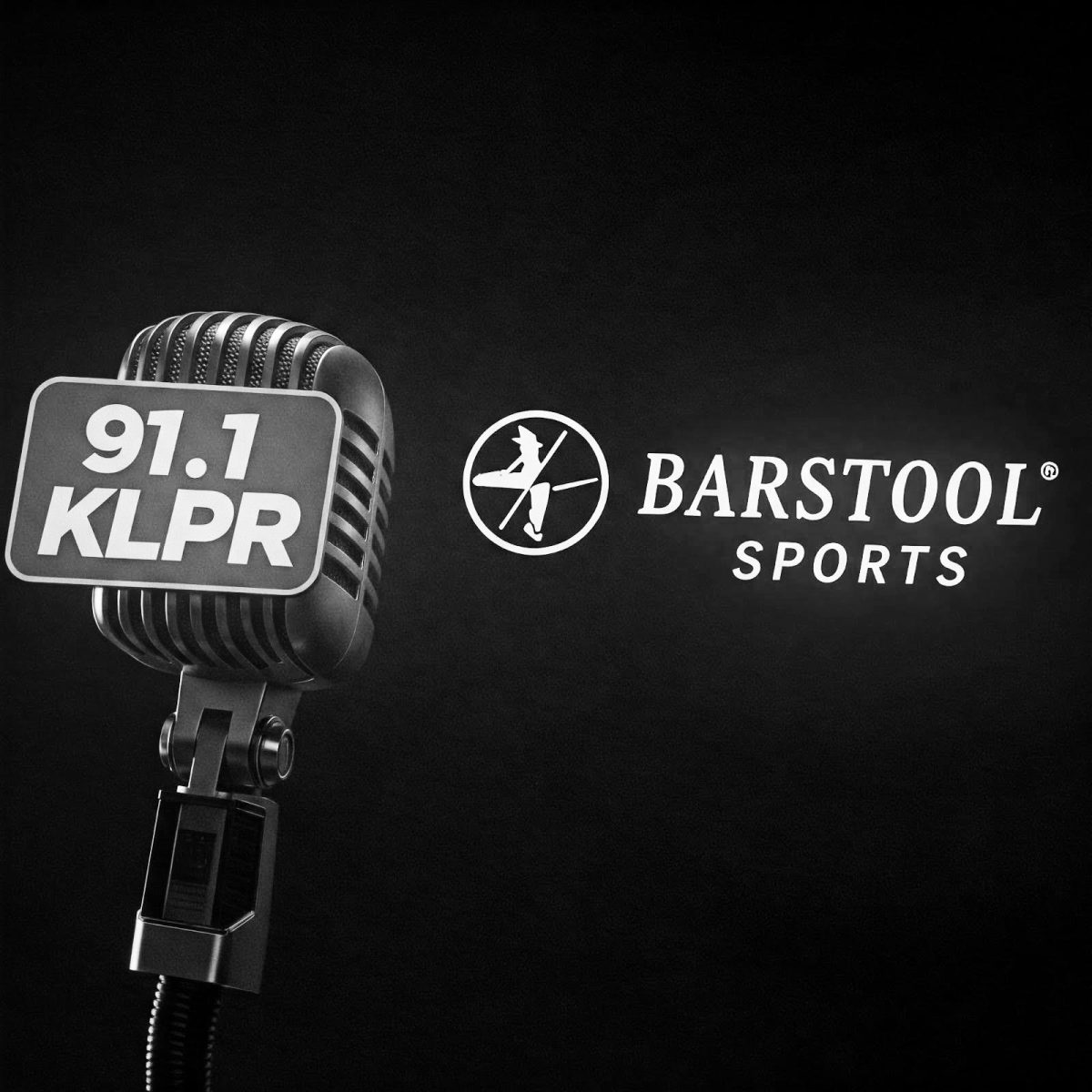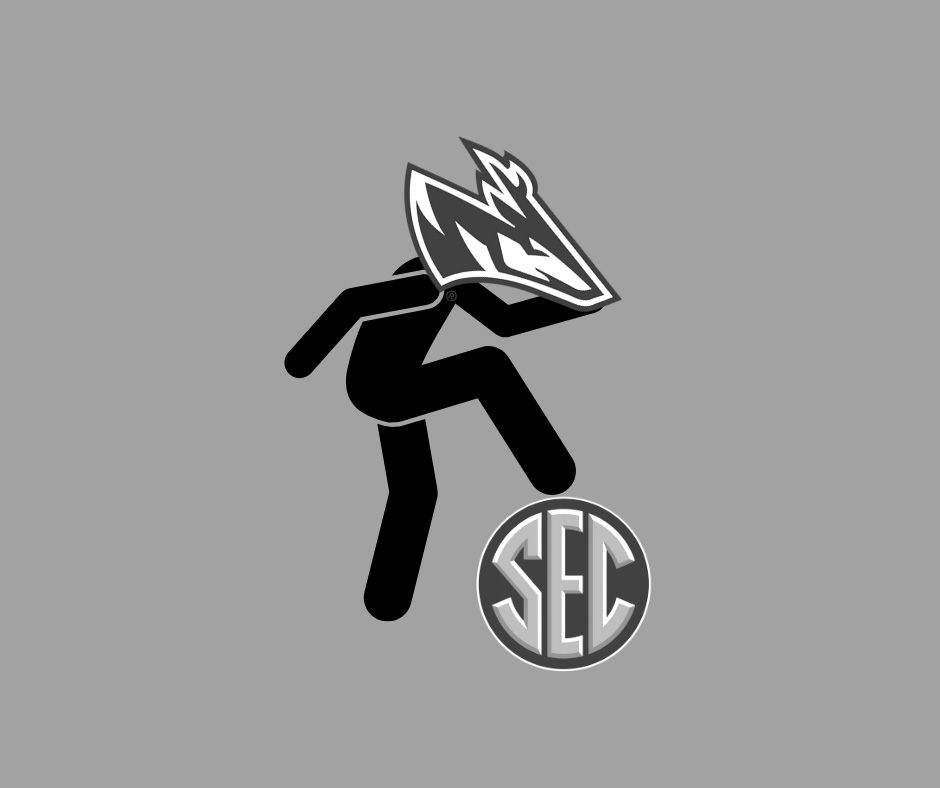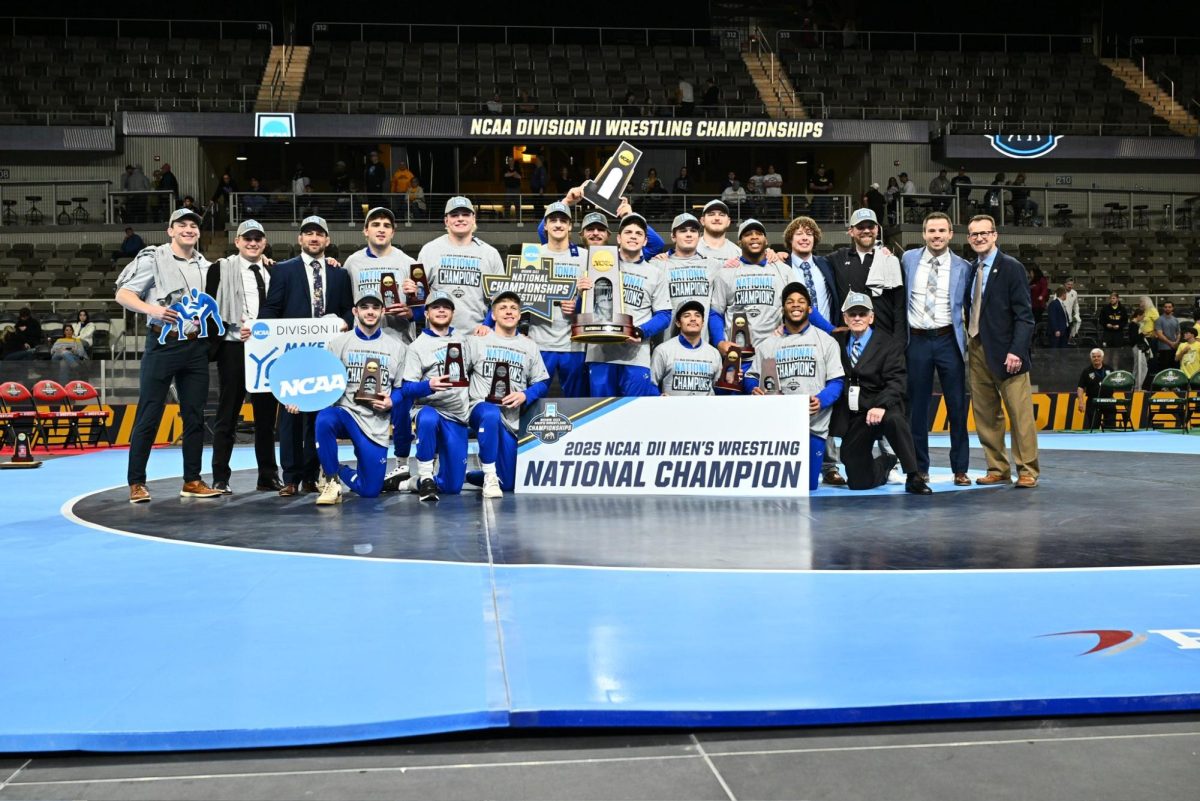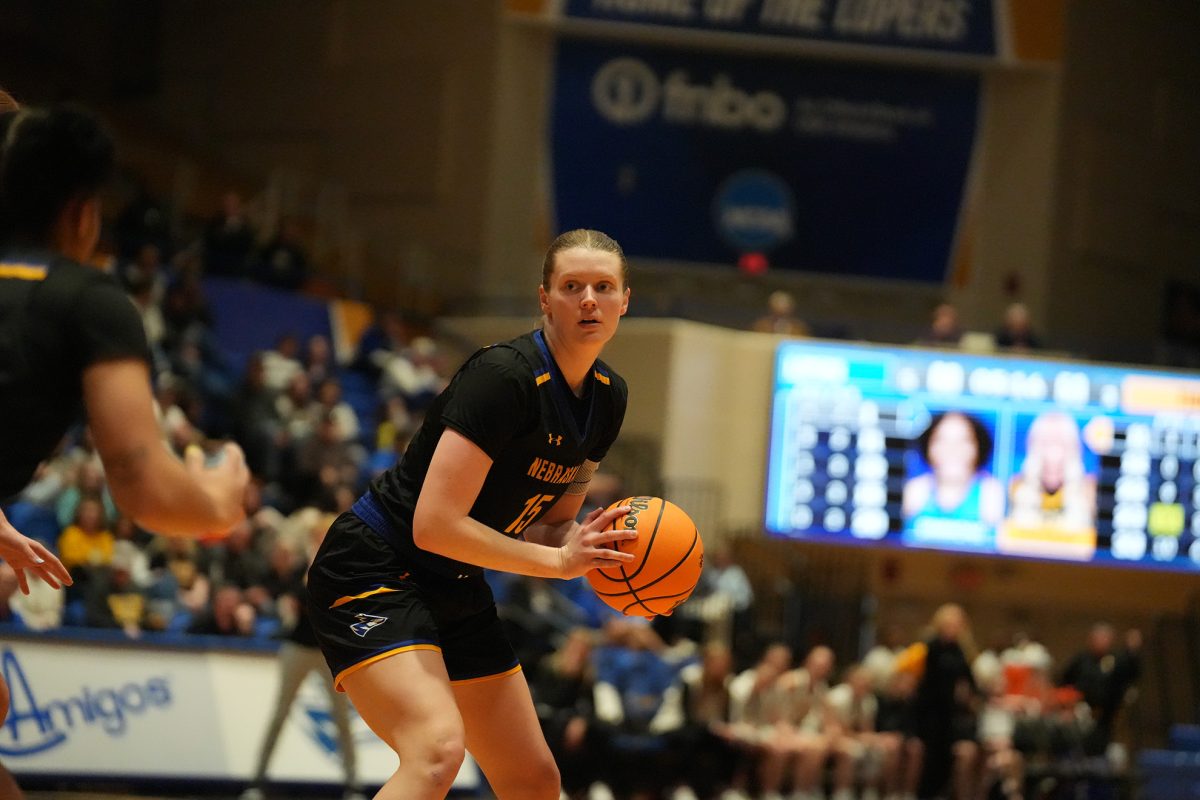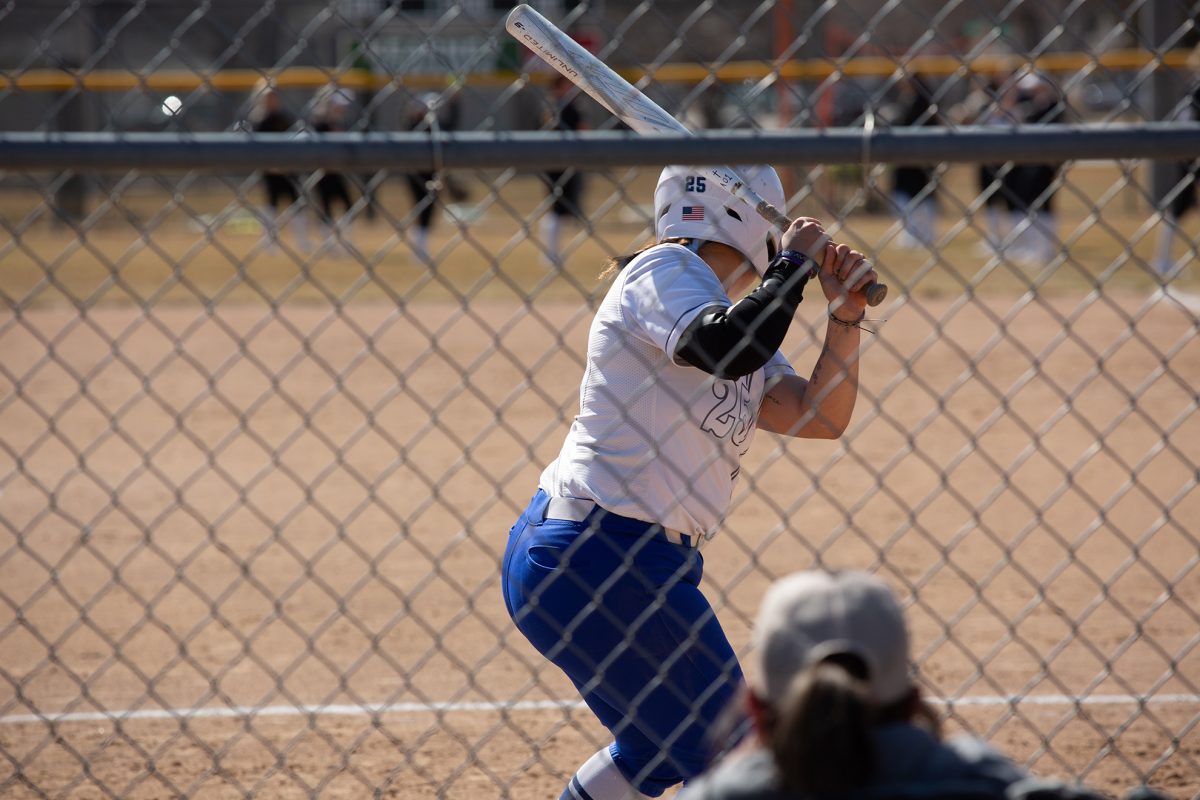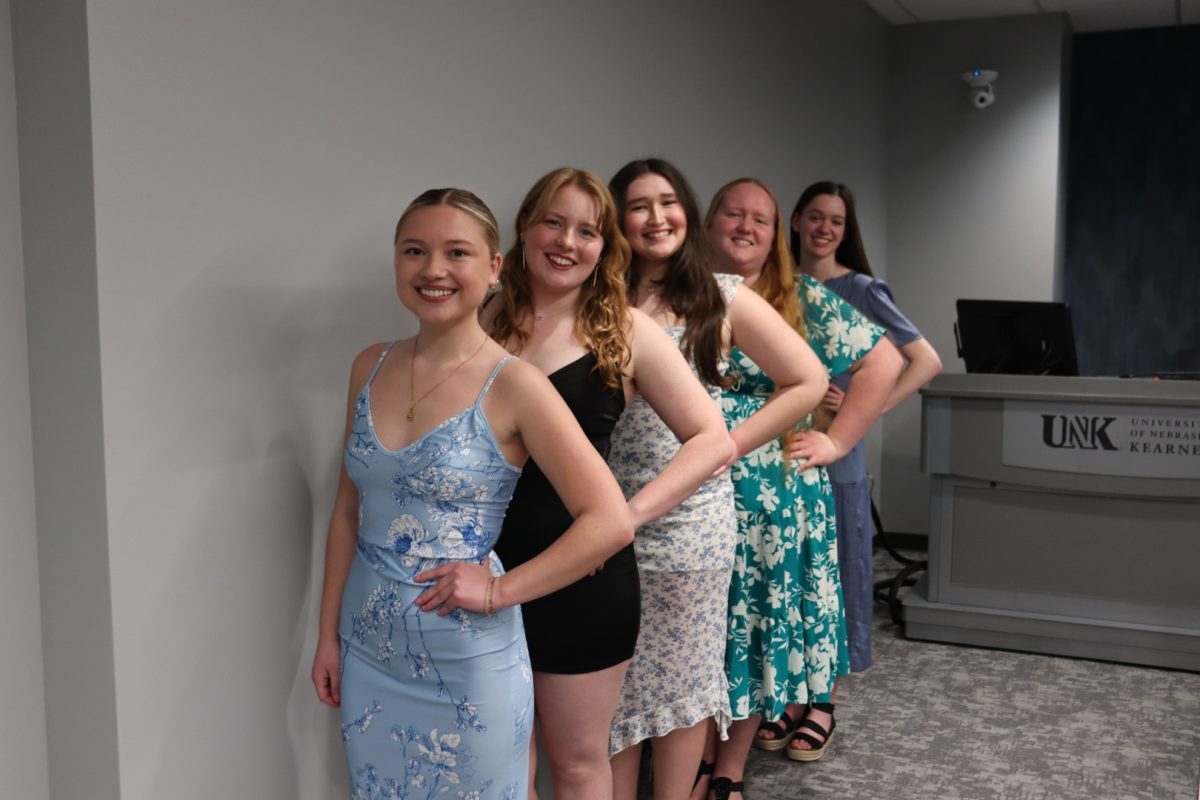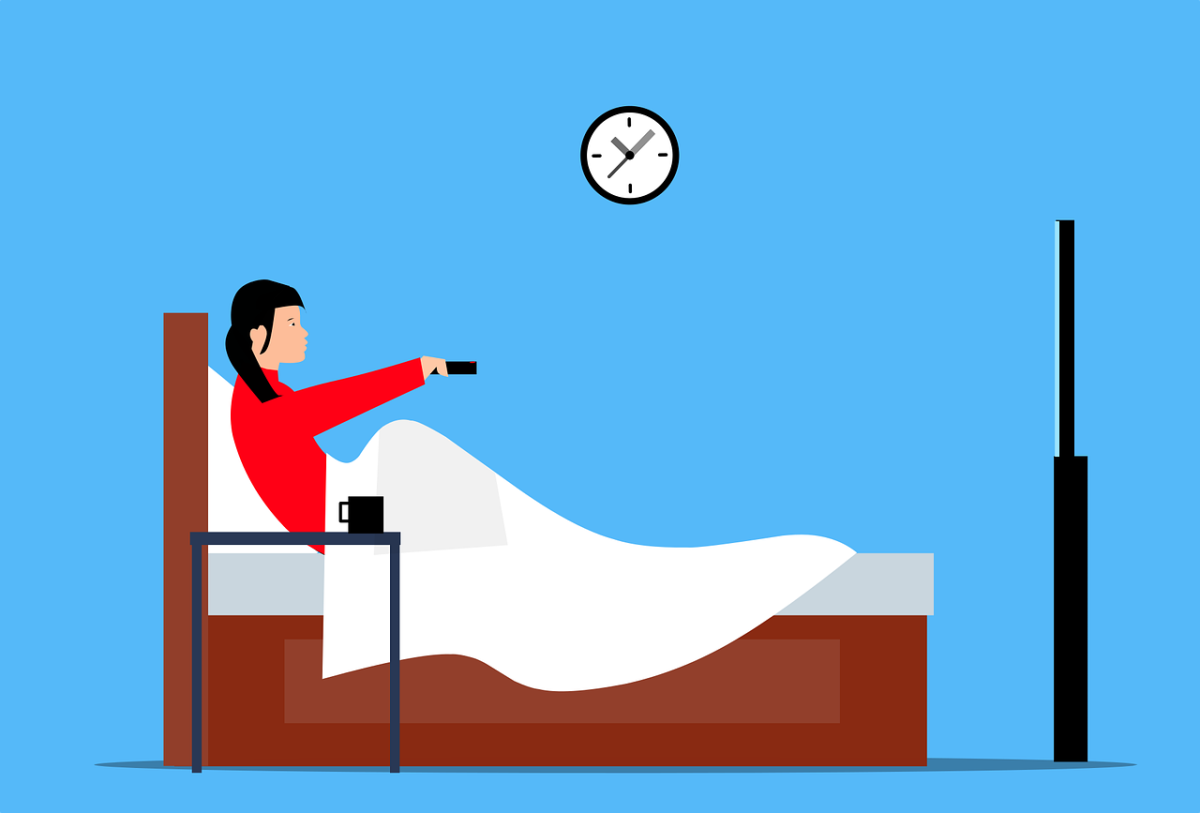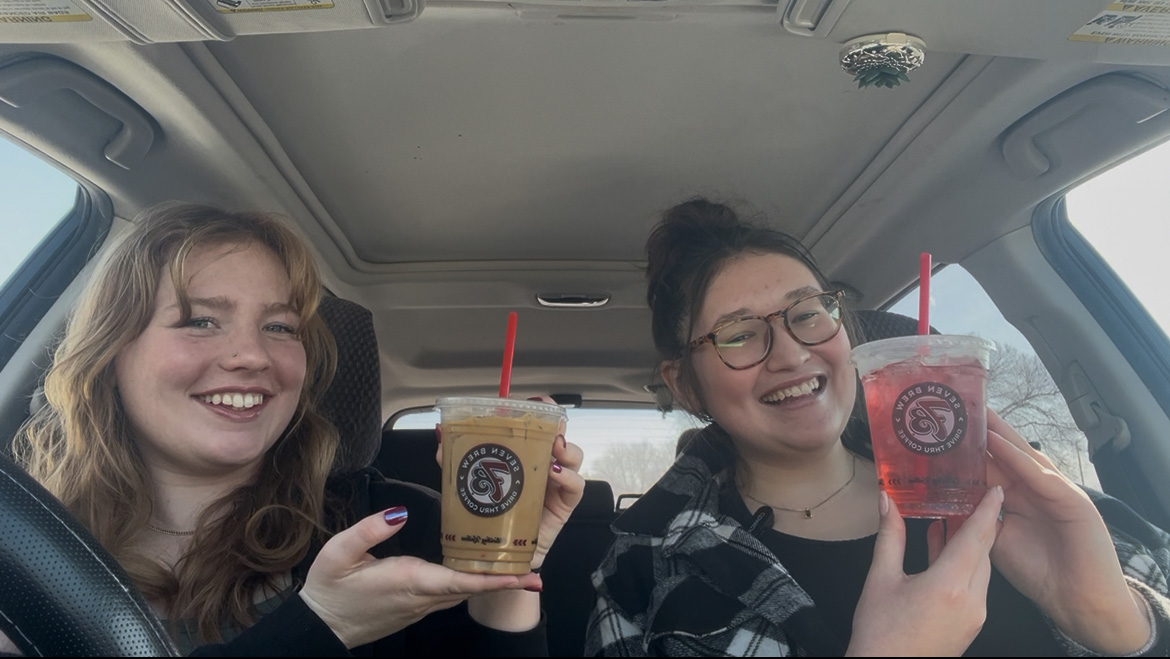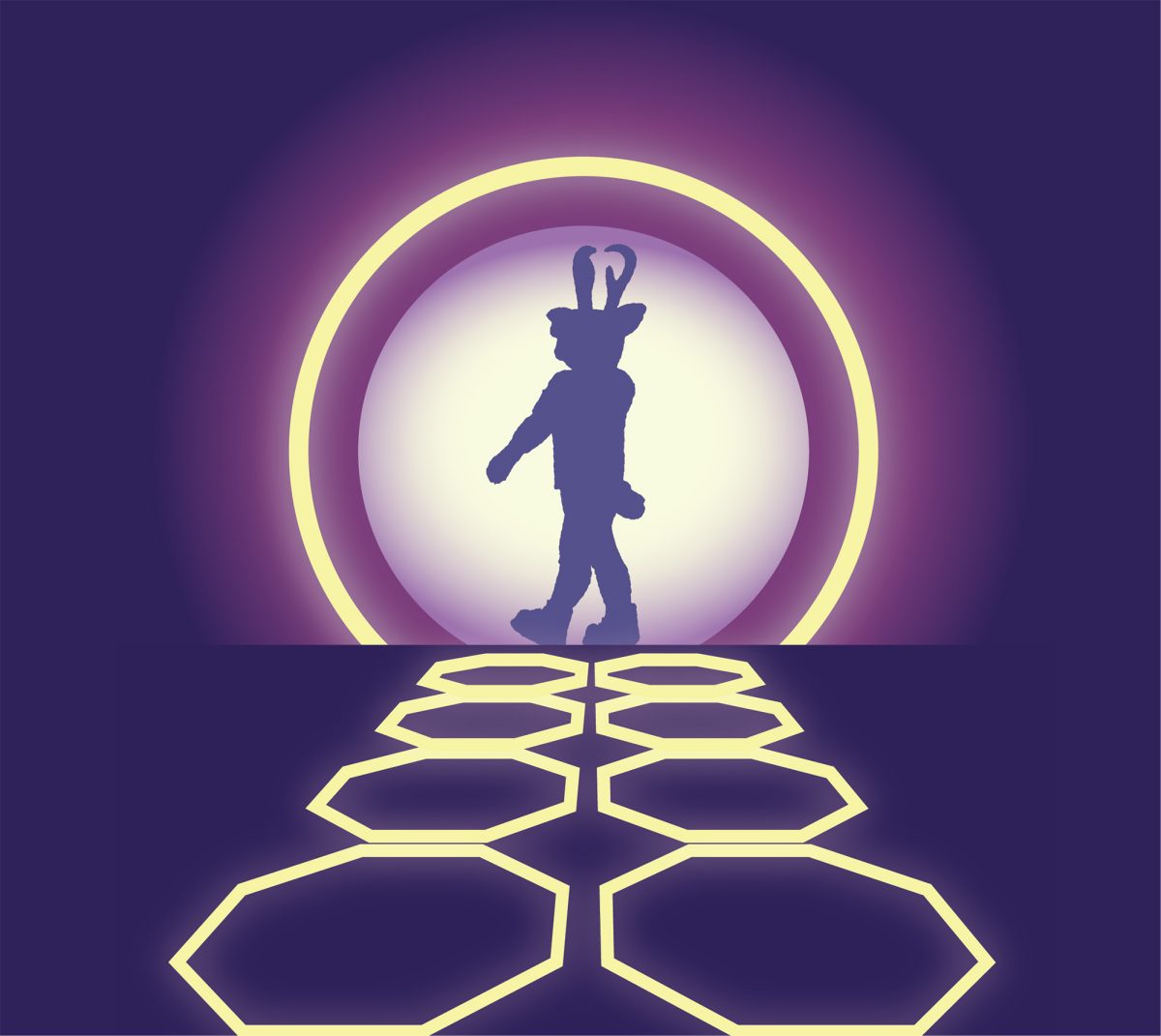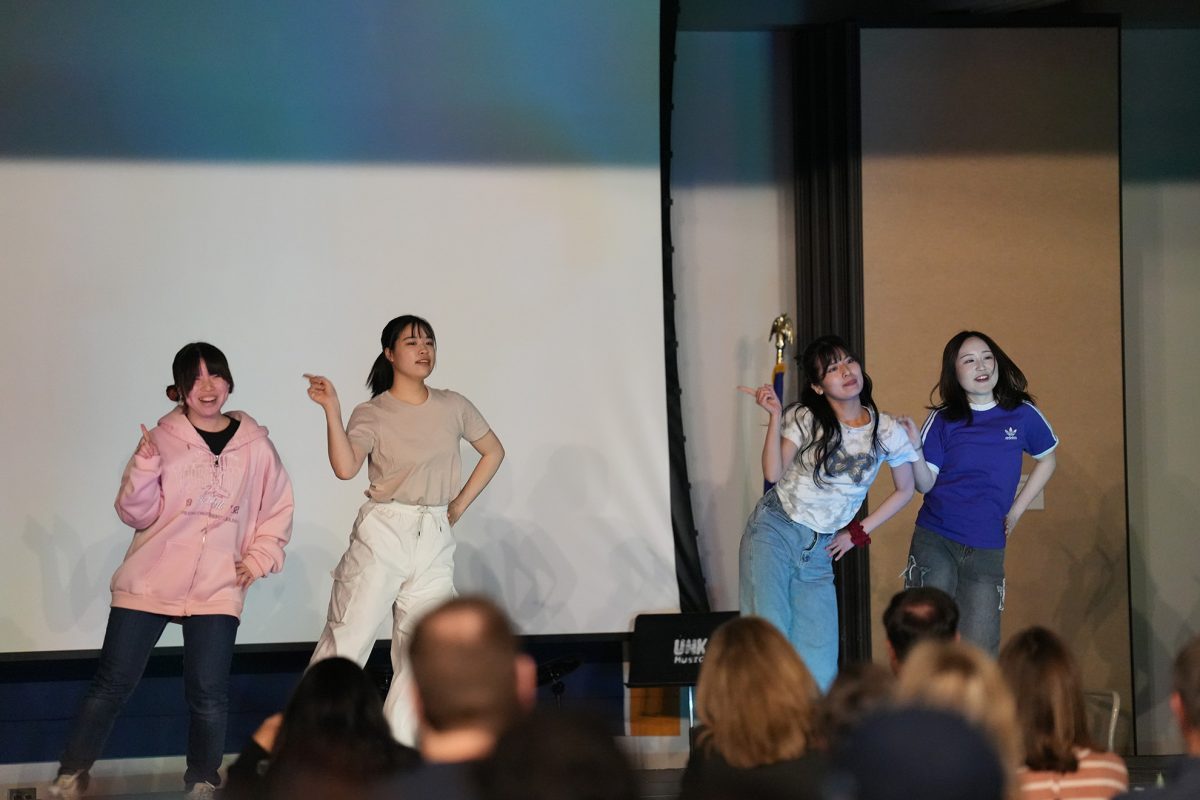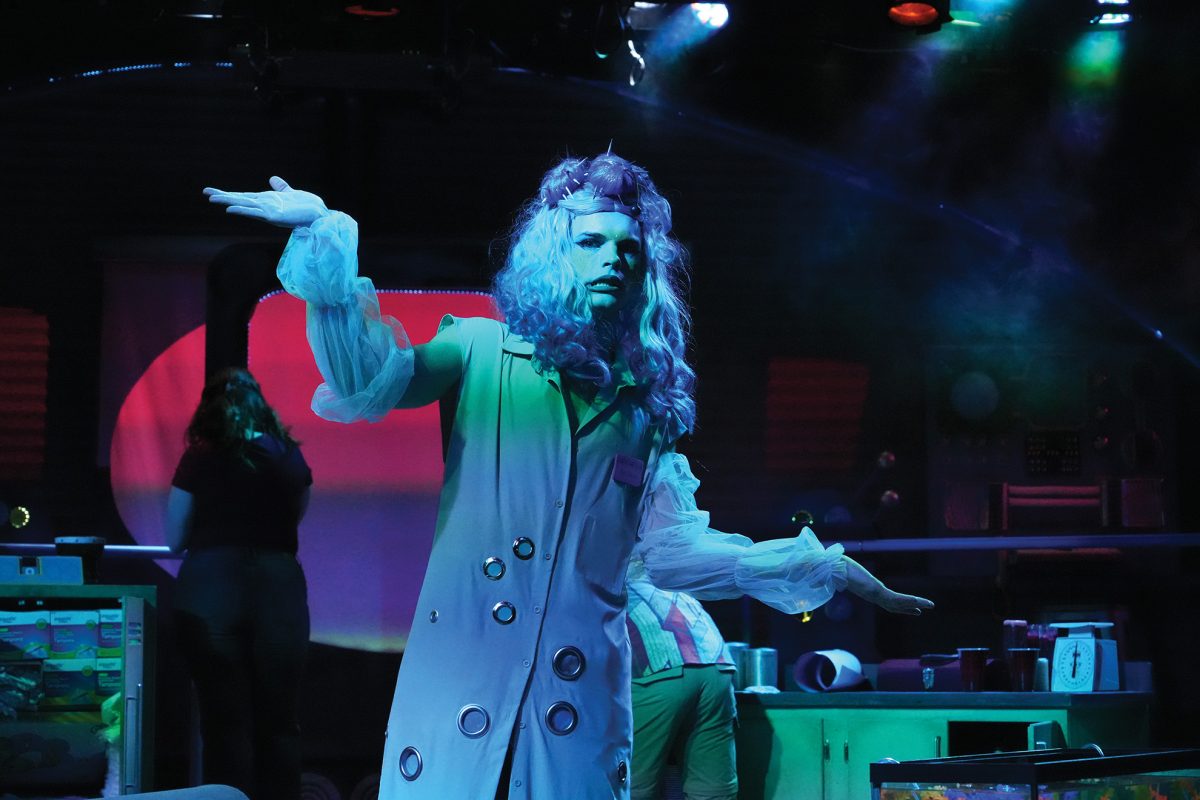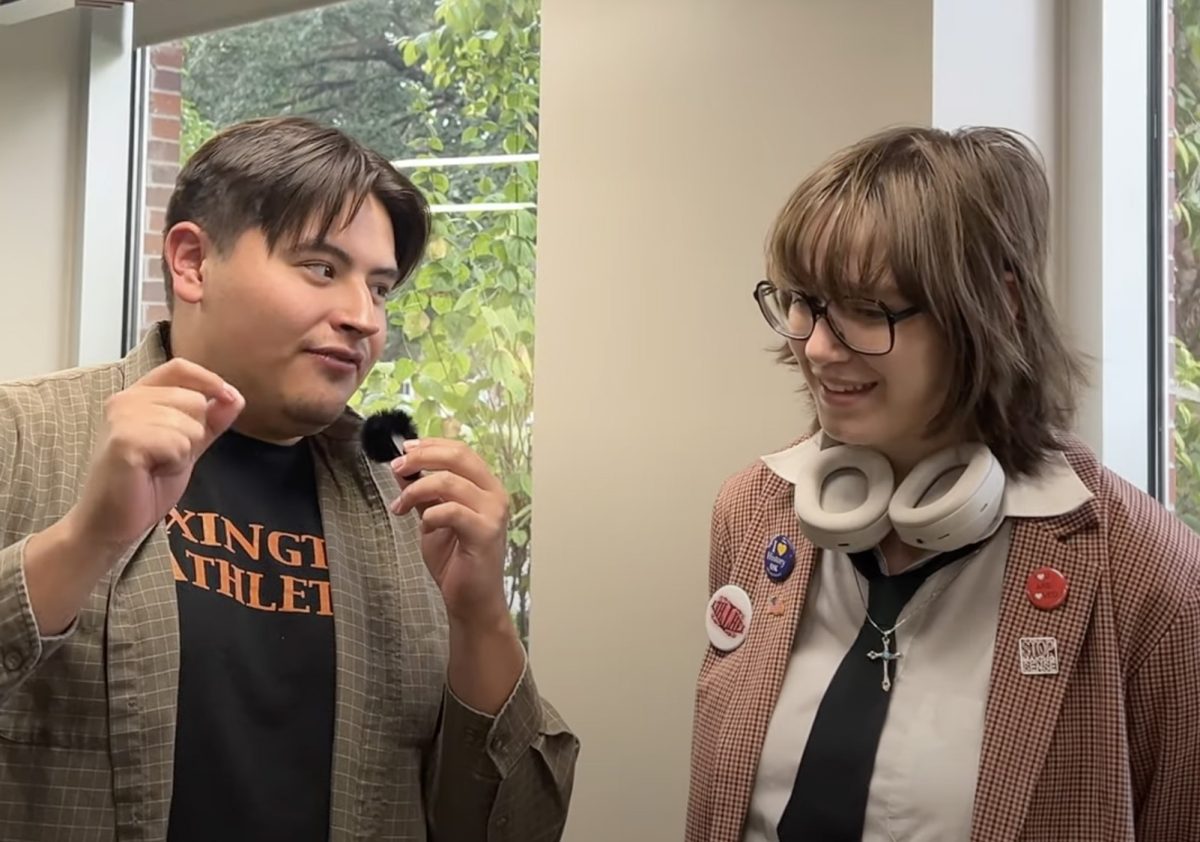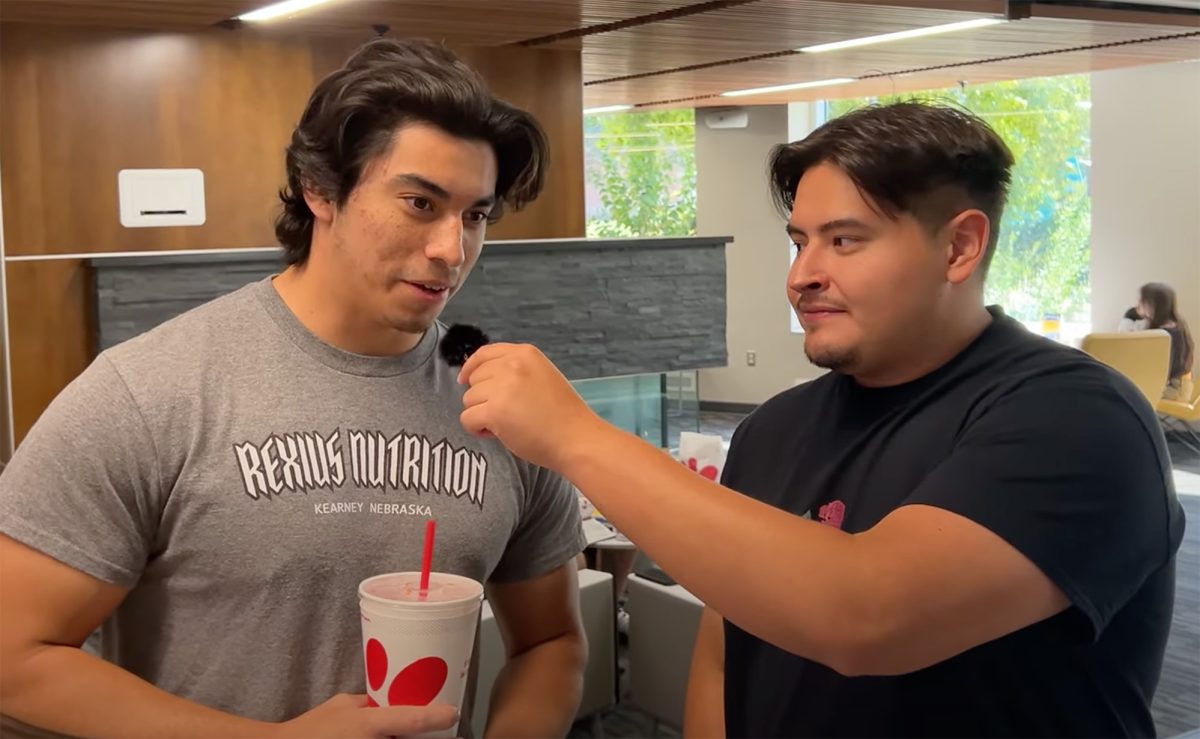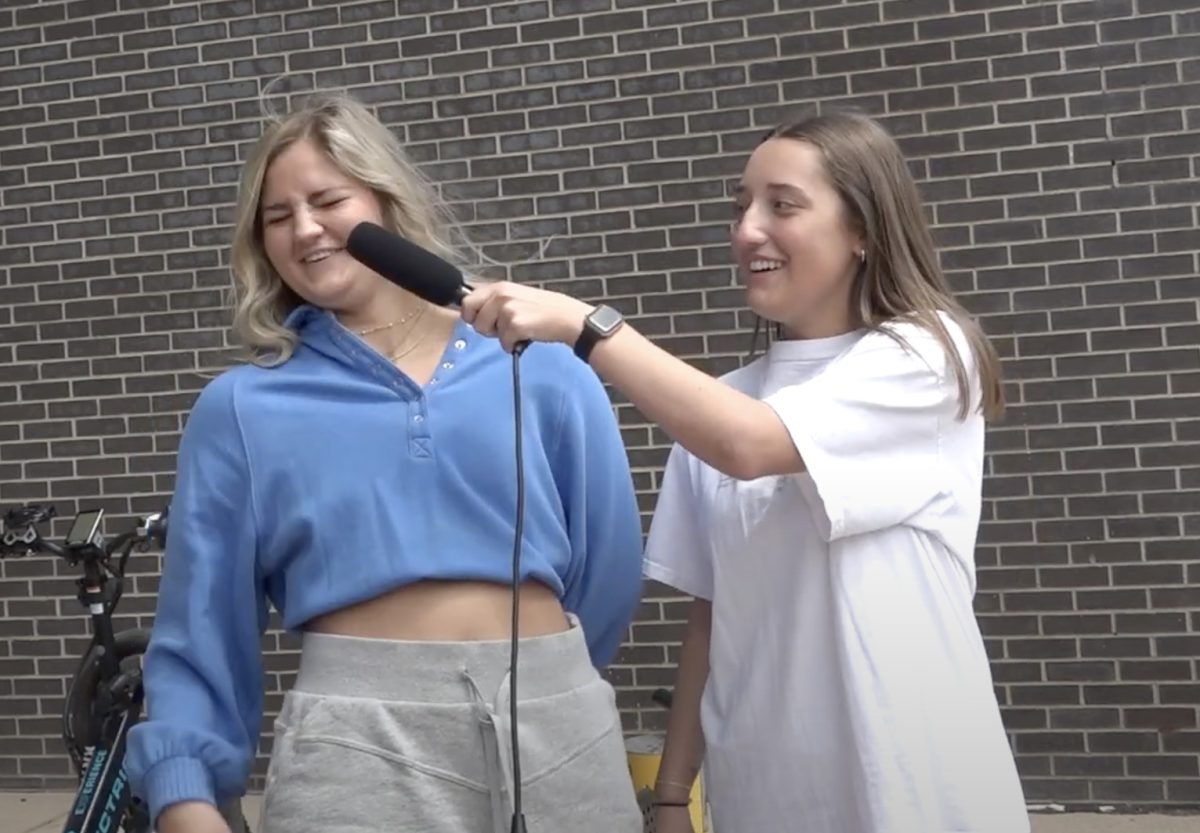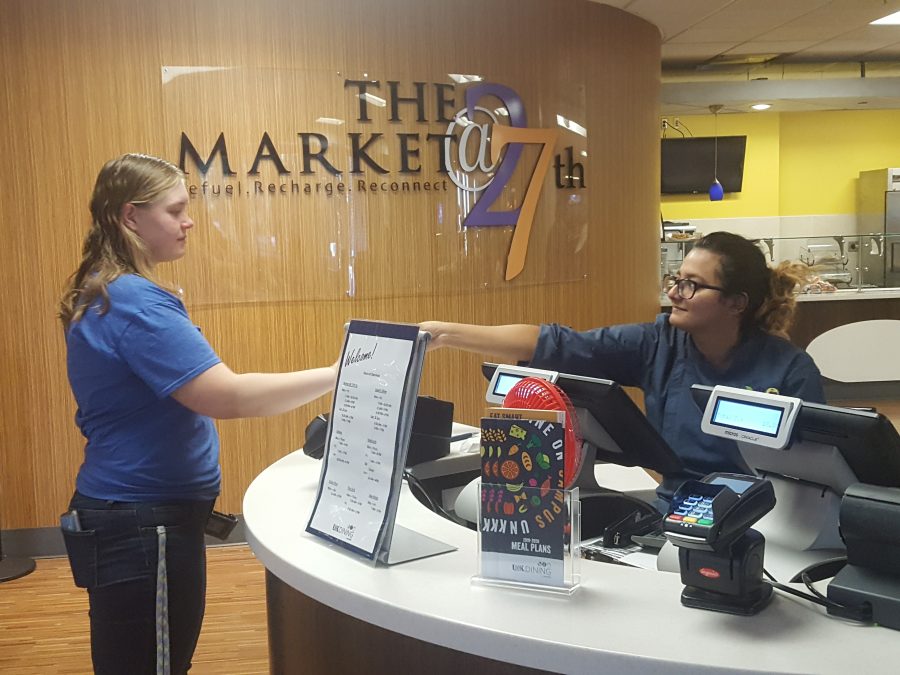As campus residents at UNK, we pay upwards of $2,340 each semester for access to campus dining. Campus has two venues where students can use meal swipes to get food, Louie’s Diner and the Market @ 27th. Loper Dollars can be used for retail dining at Starbucks, Chick-Fil-A and Subway or to get supplies at the Grid. With all these options available, there is usually a place to find food somewhere on campus.
That is, unless you’re trying to eat on a weekend. Obviously, Chick-Fil-A is famous for being closed on Sunday. But when nothing else is open except the Market from 9:30 a.m. to 2 p.m., it becomes difficult to make good use of your meal plan for Sunday morning. Sure, by 2 p.m. Subway and Starbucks open, but then the Market shuts down until it reopens for a short two hours from 5-7 p.m. But there is no shortage of students who will admit that the cafeteria is generally weaker on the weekend.
With recent supply shortages in retail, the problem has only gotten worse for students who have taken up the growing weekly tradition of ‘Sub Sunday,’ in which students will hit up the sandwich shop on Sunday afternoon, bypassing the Market entirely. Two weeks ago, students who showed up to Subway were greeted with a distinct lack of ingredients- particularly bread varieties that have become staples for weekend eating. This persisted throughout the week, as did shortages of large cups and medium lids at Chick-Fil-A.
These aren’t life-ending issues, but when we’re paying up front, there is a certain level of quality expected from the services we’re paying for. In some ways, it’s about professionalism. This is by no means an attack on any of the workers at these establishments. Obviously these kinds of problems are outside of their control. In fact, the student body just awarded a member of the Sodexo team with an award for her excellence. This is not about the staff. It’s about the structure of the dining experience.
In some ways it’s understandable. The pandemic we find ourselves in has obviously strained human resources and forced changes to adhere to health guidelines. These measures are perfectly reasonable, but they have had consequences that may have been unforeseen.
For instance, in the past, the Market was much more open and free. Students who wanted seconds or who wanted to pick up a menu item that was out on their first pass can do so. Now, however, the culture of the line seems to indicate that this is somewhat taboo. If students miss out on a menu item today, they are much more likely to accept it and not get it at all than they were last year. This can be one of the most disappointing feelings when visiting the cafeteria, and it is uncertainty like this that has driven some students away from the Market this year.
Staple features of the Market are absent entirely from this year’s dining experience, such as the Mongolian grill, the pizza station (which seems to return in random intervals) and the variety of beverage options. Had students known some of these features would be missing, perhaps some would have thought twice about upgrading their meal plan beyond the Blue Plan.
At the end of the day, we are a captive market. The majority of students on campus aren’t going to completely stop using on campus dining anytime soon, especially not after investing so much money in a meal plan. Because of this, it is imperative that students are able to rely on campus dining.


